
Category: bioengineering


A way to get green revolution crops to be productive without needing so much nitrogen
A team of researchers from the Chinese Academy of Sciences, the Academy of Agriculture and Forestry Sciences in China and the University of Oxford in the U.K. has found a way to grow green revolution crops using less nitrogen with no reduction in yield. In their paper published in the journal Nature, the group describes their research efforts and the results they found when planting newly developed plant varieties. Fanmiao Wang and Makoto Matsuoka with Nagoya University offer a News & Views piece on the work done by the team in the same journal issue.
The green revolution was characterized by big increases in crop production in developing countries—it came about due to the increased use of pesticides, fertilizers and changes in crop varieties used. One of the changes to the crops came about as rice and wheat plants were bred to grow less tall to prevent damage from wind and rain. While this resulted in improved yields, it also resulted in the use of more nitrogen-based fertilizers, which are environmentally harmful. In this new effort, the researchers wondered if it might be possible to re-engineer green-revolution crop varieties in such a way as to restrict height and therefore retain high productivity, while also using nitrogen more efficiently.
Prior research had shown that proteins in the DELLA family reduced plant growth. Crop breeding in the 1960s led to varieties of rice and wheat with genetic mutations that allowed the proteins to build up in the plants, thus stunting their growth. Unfortunately, DELLA proteins have also been found to be the cause of inefficient nitrogen use in the same plants—as a result, farmers used more of it to increase yields. To overcome this problem, the researchers crossbred varieties of rice to learn more, and found that the transcription factor OsGRF4 was associated with nitrogen uptake. Using that information, they engineered some varieties of rice to express OsGRF4 at higher levels, which, when tested, showed higher uptake of nitrogen. The team then planted the varieties they had engineered and found that they required less nitrogen to produce the same yields—and they were just as stunted. They therefore claim that it is possible to grow green-revolution crops that require less nitrogen.
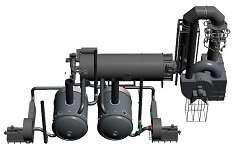
State-of-the-art solar panel recycling plant
The German engineering company Geltz Umwelt-Technologie has successfully developed an advanced recycling plant for obsolete or ageing solar panels.
As sales of solar power increase, there is a looming problem that is quite often overlooked: disposing waste from outdated or destroyed solar panels. A surge in solar panel disposal is expected to take place in the early 2030s, given the design life of solar energy systems installed around the millennium.
To address this problem before this big disposal wave, the EU has funded the ELSi project. With strong competencies in plant manufacturing and wastewater treatment including recycling, the Geltz Umwelt-Technologie firm has built a test and treatment facility at a large disposal firm to retrieve reusable materials from solar modules.

The assembly line of the future: Automation, DNA construction, and synthetic biology
This story is brought to you by SynbiCITE, which is accelerating the commercialization of synthetic biology applications. To learn how SynbiCITE is nucleating a sustainable UK economy, visit www.synbicite.com.
Just as Henry Ford’s assembly line revolutionized the automobile industry, synthetic biology is being revolutionized by automated DNA assembly (see SynBioBetaLive! with Opentrons). The key features of an assembly line translate well into the field of synthetic biology – speed, accuracy, reproducibility and validation. Instead of welding chassis together, small robotic arms are lifting delicate plates holding dozens of samples, adding and removing miniscule amounts of fluid.
In 2014, Imperial College London received £2 million to develop a DNA Synthesis and Construction Foundry to operate with SynbiCITE, the UK Innovation and Knowledge Centre for synthetic biology. Speaking at the Foundry’s inception, SynbiCITE co-director Prof. Paul Freemont said, “Standardizing the methods for synthesising DNA is crucial if we are going to scale up efforts to design and create this genetic material. The new DNA Synthesis and Construction Foundry will streamline and automate the ‘writing’ of DNA at an industrial scale so that tens of thousands of designed DNA constructions can be built and tested.”
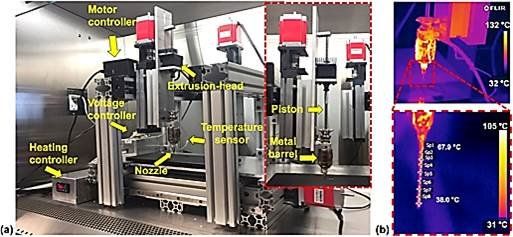
3D printed biomaterials for bone tissue engineering
When skeletal defects are unable to heal on their own, bone tissue engineering (BTE), a developing field in orthopedics can combine materials science, tissue engineering and regenerative medicine to facilitate bone repair. Materials scientists aim to engineer an ideal biomaterial that can mimic natural bone with cost-effective manufacturing techniques to provide a framework that offers support and biodegrades as new bone forms. Since applications in BTE to restore large bone defects are yet to cross over from the laboratory bench to clinical practice, the field is active with burgeoning research efforts and pioneering technology.
Cost-effective three-dimensional (3D) printing (additive manufacturing) combines economical techniques to create scaffolds with bioinks. Bioengineers at the Pennsylvania State University recently developed a composite ink made of three materials to 3D print porous, bone-like constructs. The core materials, polycaprolactone (PCL) and poly (D, L-lactic-co-glycolide) acid (PLGA), are two of the most commonly used synthetic, biocompatible biomaterials in BTE. Now published in the Journal of Materials Research, the materials showed biologically favorable interactions in the laboratory, followed by positive outcomes of bone regeneration in an animal model in vivo.
Since bone is a complex structure, Moncal et al. developed a bioink made of biocompatible PCL, PLGA and hydroxyapatite (HAps) particles, combining the properties of bone-like mechanical strength, biodegradation and guided reparative growth (osteoconduction) for assisted natural bone repair. They then engineered a new custom-designed mechanical extrusion system, which was mounted on the Multi-Arm Bioprinter (MABP), previously developed by the same group, to manufacture the 3D constructs.
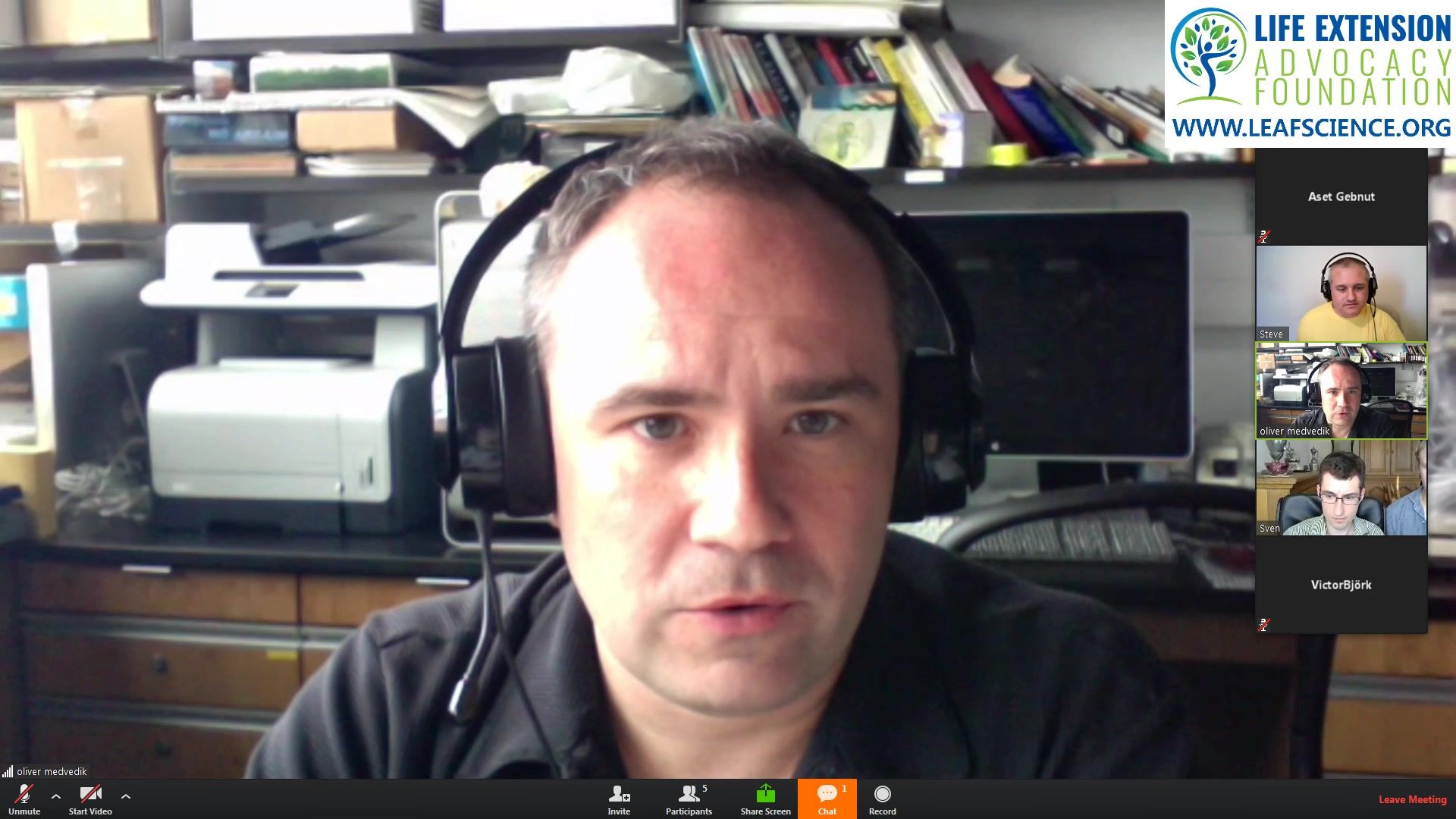
Journal Club July 2018 — CRISPR may cause unwanted mutations
The July edition of the Journal Club has us taking a look at a recent paper that casts doubt and concern over the use of CRISPR Cas9 for gene editing.
If you like watching these streams and/or would like to participate in future streams, please consider supporting us by becoming a Lifespan Hero: https://www.lifespan.io/hero
The paper we are discussing can be found here: https://www.nature.com/articles/nbt.
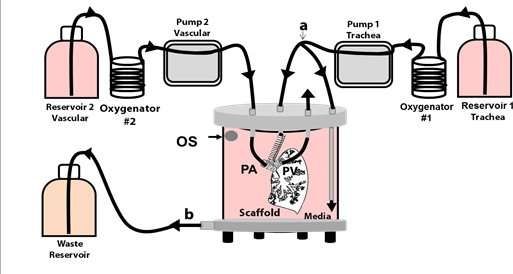
Researchers successfully transplant bioengineered lung
A research team at the University of Texas Medical Branch have bioengineered lungs and transplanted them into adult pigs with no medical complication.
In 2014, Joan Nichols and Joaquin Cortiella from The University of Texas Medical Branch at Galveston were the first research team to successfully bioengineer human lungs in a lab. In a paper now available in Science Translational Medicine, they provide details of how their work has progressed from 2014 to the point no complications have occurred in the pigs as part of standard preclinical testing.
“The number of people who have developed severe lung injuries has increased worldwide, while the number of available transplantable organs have decreased,” said Cortiella, professor of pediatric anesthesia. “Our ultimate goal is to eventually provide new options for the many people awaiting a transplant,” said Nichols, professor of internal medicine and associate director of the Galveston National Laboratory at UTMB.
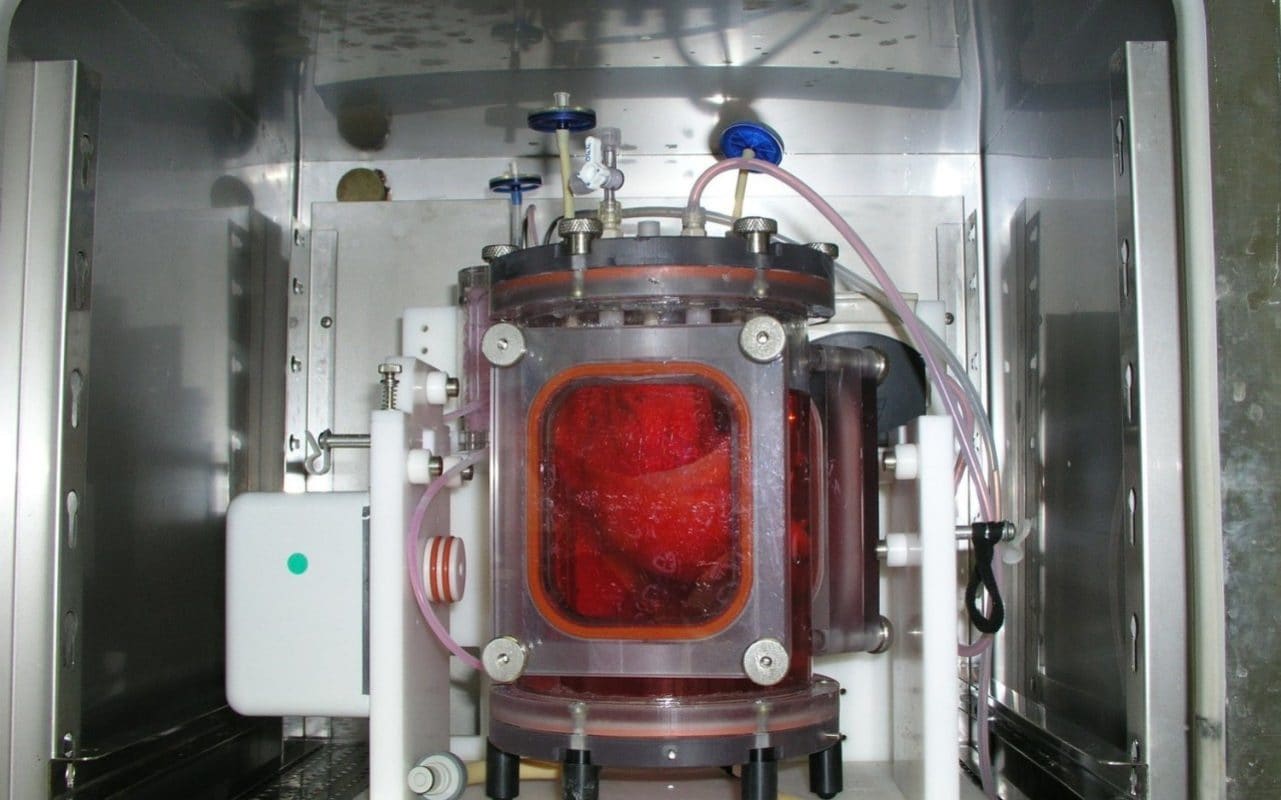
Grow-your-own organs could be here within five years, as scientists prove they work in pigs
Grow-your-own organs could be available for desperately ill patients within five years, after scientists successfully transplanted bioengineered lungs into pigs for the first time.
The team at the University of Texas Medical Branch (UTMB) showed that lab-grown organs were quickly accepted by the animals, and within just two weeks had developed a network of blood vessels.
Previous attempts have failed with several hours of transplantation because the organs did not establish the complicated web of vessels needed for proper oxygen and blood flow.
Bioquark Inc. — Future Tech Podcast — Ira Pastor
https://www.futuretechpodcast.com/podcasts/disease-time-machine-ira-pastor-ceo-bioquark-inc-study-organisms-may-show-us-way-turn-back-time-cell-regeneration/

A Moon For All Mankind
Few in life get to walk on the Moon. Samsung says, do what you can’t. Working with creative agency Iris and engineering experts Mannetron, Framestore proudly joined Samsung’s mission to bring space travel to all, in the approach to the 50th anniversary of the first lunar landing. ‘A Moon For All Mankind’ is the world’s first lunar gravity simulation VR experience, created in collaboration with NASA Johnson Space Center (JSC), using the Samsung Gear VR and a custom-built rig. Having launched under embargo at the 2018 Winter Olympics and at Mobile World Congress, July sees the experience land publicly at Samsung 837, in New York City.